The project of restoring and preserving Yakan House in Egypt is one of the promising projects that was recently selected within the list of projects nominated for the ICCROM-Sharjah Award for Good Practices in Preserving and Protecting Cultural Heritage in the Arab Region in its current session for the year 2019-2020. This award, which was launched by ICCROM-Sharjah office, under the patronage of His Highness Sheikh Dr. Sultan bin Muhammad Al Qasimi, Member of the Supreme Council, Ruler of Sharjah, is considered one of the most important prizes concerned with cultural heritage in the Arab region.
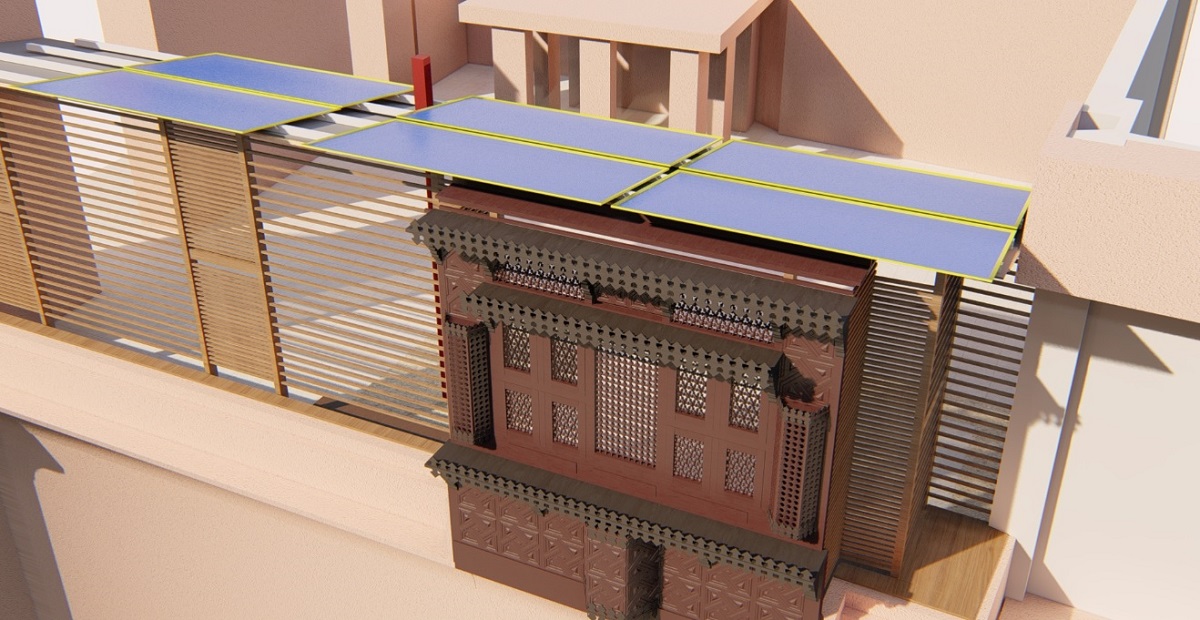
The award reflects the commitment of the ICCROM-Sharjah office to support the protection of movable and immovable cultural heritage in the Arab region. Promote good practices in the field of preservation and management of cultural heritage; To facilitate the international exchange of knowledge and experience in this field and its management; Promote public awareness and appreciation of cultural heritage. In addition to the project to restore and preserve Yakan House in Egypt, the shortlist of projects nominated for the award included fifteen distinguished Arab projects from Egypt, Palestine, Jordan, Syria and Sudan.
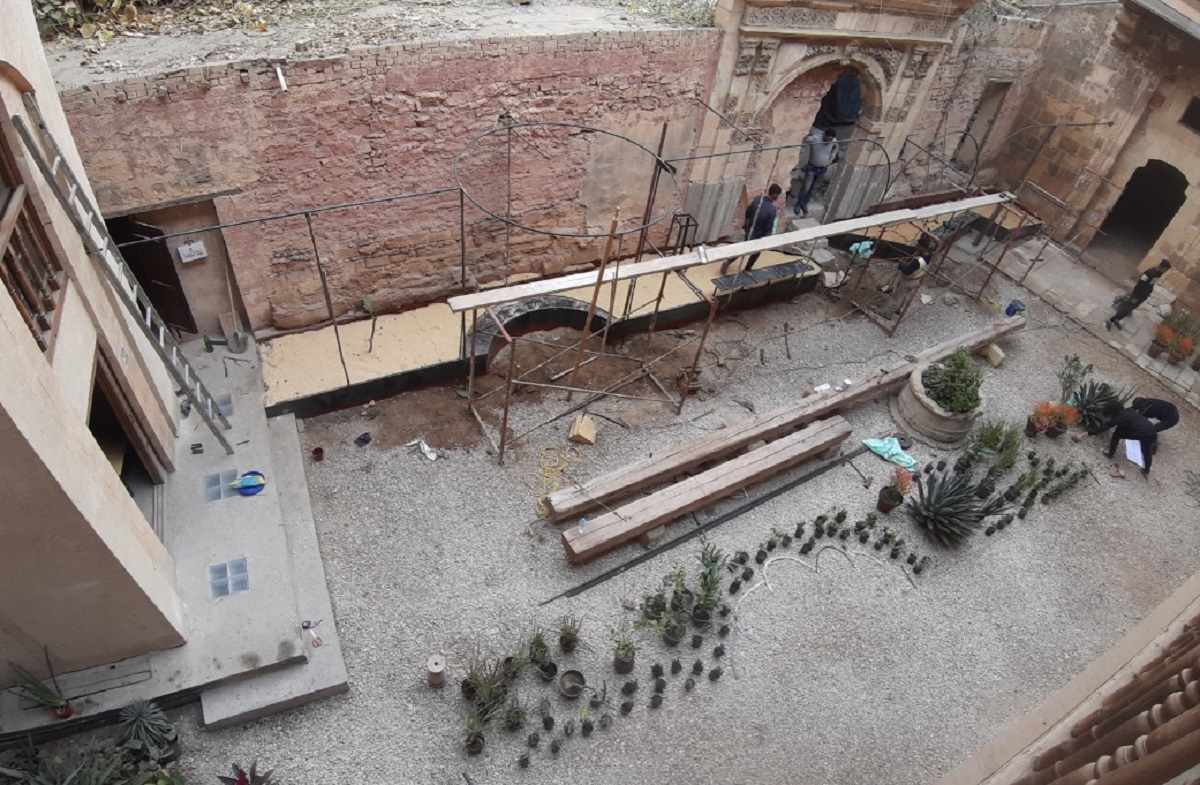
In this report, we shed light on the BeitYakan project, as part of a series of reports that review a number of important Arab projects nominated for the ICCROM-Sharjah Award.
BeitYakan “Yaken.s Home” is located in the middle of historic Cairo in the Al-Darb Al-Ahmar area, which is famous for its distinguished historical and heritage sites. The history of this house goes back to the late Egyptian politician Yakan Pasha, who is a member of an ancient Egyptian family that had a great presence in the Egyptian political affairs, and had a wide extension in Turkey, Syria and Lebanon.
Yakun Pasha held the position of Prime Minister of Egypt for three terms between 1921 and 1930, and was Minister of Education before that, and he was the one who introduced the Arabic language into Egyptian education.
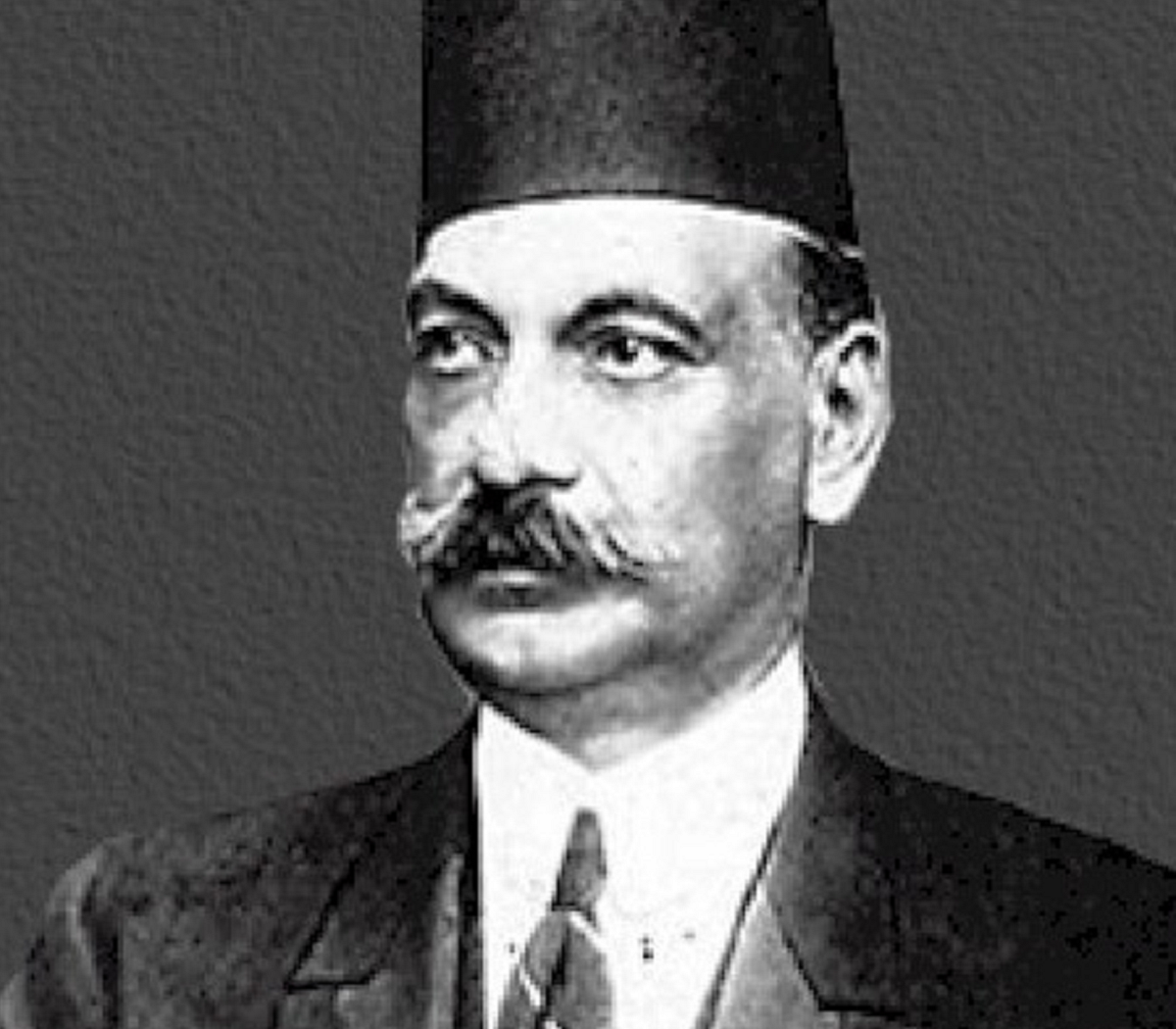
Despite the importance and history of BeitYakan as one of the corridors of politics and architecture in an earlier era in the history of Egypt, the house was subjected to neglect and tampering over a long period of time, and it occupied, in intermittent periods, strange works and activities not in line with its history and heritage, such as its transformation during a period of time into a site My butchery and sheep pasture, before it was recently restored and preserved as part of a wonderful and remarkable initiative to benefit from the local Egyptian expertise and competencies, and to turn it into an art and architectural museum for graduation projects for students of the Faculties of Architecture and Fine Arts.
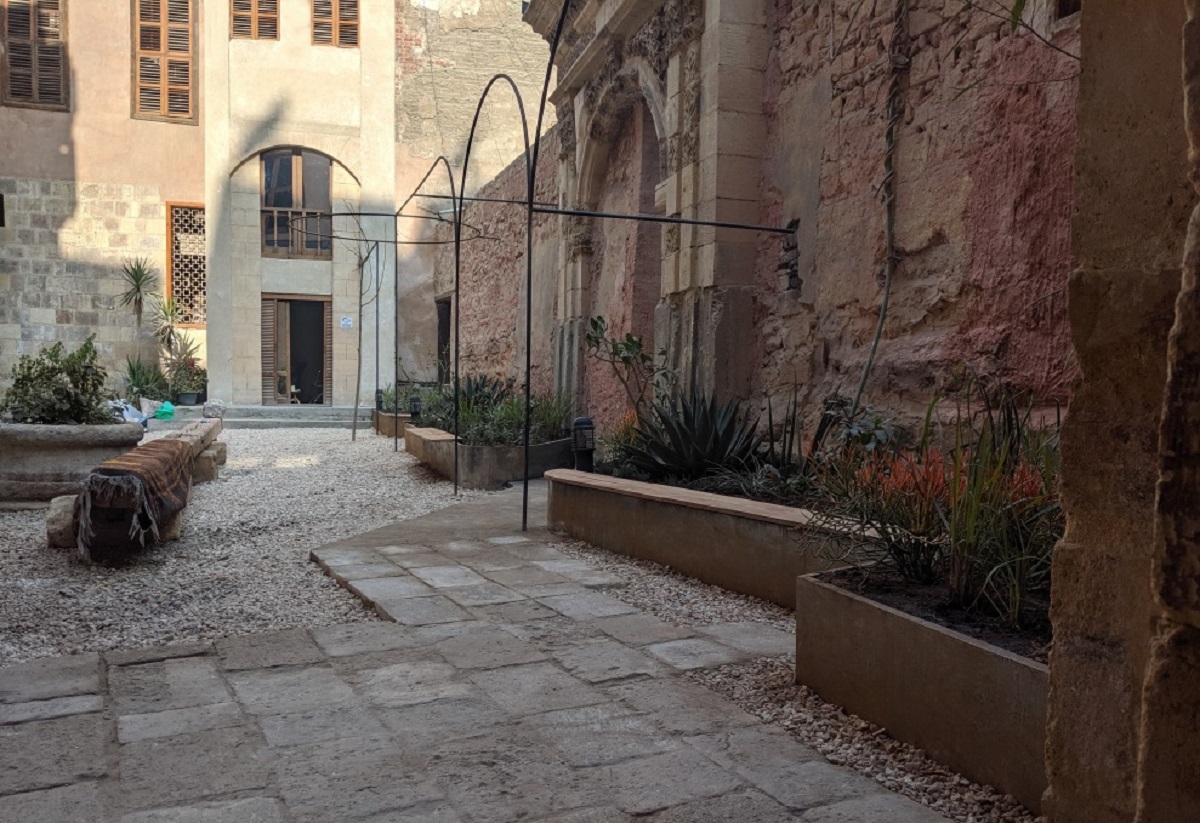
The main conservation interventions in BeitYakan, which the implementing agency undertook in cooperation with the local community, consisted of restoring collapsed parts such as the East Hall, reinforcing the dilapidated parts, designing and implementing electrical networks, feeding water and sanitation and extending them to different parts of the house. It also included the meticulous restoration work to show the different historical stages that passed through the house, and linking that to the history of the city of Cairo, without affecting the employment of internal spaces.
The interventions also included the design and implementation of modern architectural additions required for reuse, including the main and secondary stairs instead of a stone staircase that was added and collapsed, and the reconstruction of the destroyed second floor spaces to provide housing for the family and researchers, as well as some historical elements of exceptional value from outside the house were exposed. To be neglected before being rescued and used again in the home.
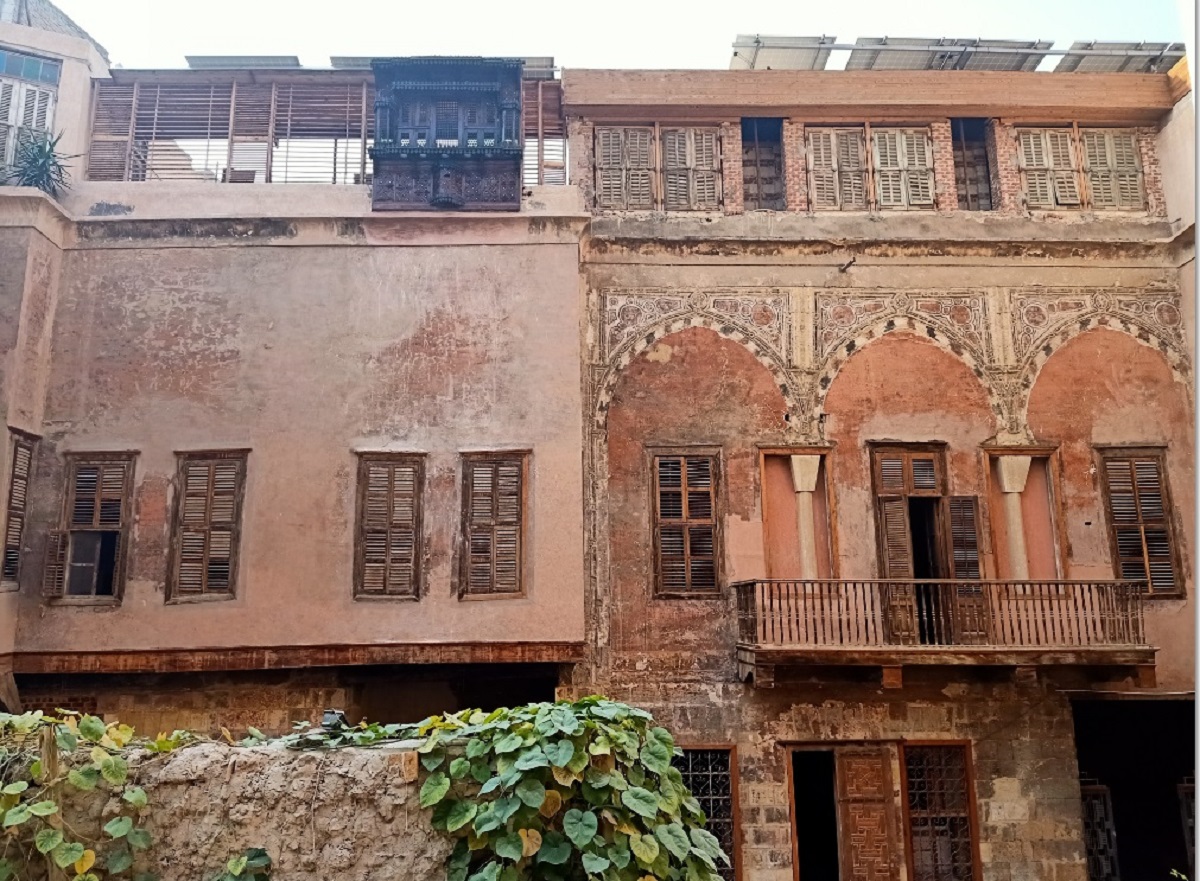
In addition, a solar energy unit was designed and implemented to generate electrical energy on site, making BaytYakan the first zero-energy project model in the historic city. While the courtyard was planted with collections of medicinal herbs in partnership with the local community, turning the house into a nucleus of green spaces in the historic city.As for the most influential interventions, the awareness programs that were implemented within the community to preserve its heritage and identity, aiming to revive traditional crafts as a nucleus to stimulate the local economy in the region.
The Yekan House consists of a large two-storey building with high heights, and features an inner courtyard and a fountain in the middle. While the historic house today, after the restoration and revitalization process, contains a large foyer and two large exhibition halls, one of which is to display architectural designs for projects graduating architecture students at Al-Azhar University, and the second is dedicated to holding meetings, seminars and student lectures for students of the College of Engineering, and to explain and review graduation projects, and simulate them in the building And other buildings in the historic Cairo area.
Today, BeitYakan is considered one of the most prominent houses in historic Cairo, registered on the World Heritage List, which was inhabited by a number of aristocratic families until the mid-twentieth century, before it was abandoned and decayed due to neglect and the absence of initiatives aimed at preserving it. Of these houses, which were recorded as archaeological buildings, only fifteen houses remain, all of which do not have a clear developmental role today. As for the rest of the houses in the area, which were more than five hundred houses at the height of the city’s activity, they are still subject to demolition and converting them into concrete buildings that do not belong to the city’s pattern, distorting the urban environment of the region, and disintegrating the communities that used to take these houses as economic and reference centers that reinforce their identity. Cultural and heritage.
Therefore, the restoration and rehabilitation of what remains of these houses is a necessity to preserve the evidences that highlight the exceptional values of the city, to maintain hope for community cohesion and environmental balance, as well as to activate cultural and economic development. It is something that this valuable project and its people have achieved, to be among the nominated projects to win the IkrumSharjah Award for Good Practices in Preserving and Protecting Cultural Heritage in the Arab Region in its current session, which will be concluded soon.
It is worth noting that the Sharjah ICCROM Award for Good Practices in Preserving and Protecting Cultural Heritage in the Arab Region is awarded once every two years, and aims to honor and reward outstanding works that contribute to the protection and revival of the tangible cultural heritage in the Arab world within two main categories, namely, buildings and heritage sites, and collections and museum collections. In cultural institutions such as museums and archives.
ICCROM-Sharjah is the regional office of ICCROM in Sharjah, United Arab Emirates. It was established by ICCROM (the International Center for the Study of Preservation and Restoration of Cultural Property) and the government of the United Arab Emirates in 2015 according to a vision that is reflected in responding to the conditions that cultural heritage is going through in different parts of the country. The Middle East and North Africa, during which cultural heritage property was subjected to widespread destruction. The Regional Office aspires to protect cultural heritage in the Arab region by supporting activities and initiatives that seek to preserve it, spread knowledge, follow international standards, and make it available to the public to understand its meanings and messages, and to increase its appreciation.
It is noteworthy that the International Center for the Study of the Preservation and Restoration of Cultural Property is an intergovernmental organization dedicated to preserving the world’s cultural heritage through training, information, research, cooperation and support programs. The organization aims to develop the conservation sector, and to raise awareness about the importance and sensitivity of cultural heritage.
The organization was founded in 1956, and its headquarters are located in the Italian capital, Rome, and its activities extended to the Arab region through its office in Sharjah, United Arab Emirates.



Oh my goodness! Impressive article dude! Thanks, However I am encountering issueswith your RSS. I don?t know why I cannot join it. Is there anyone else having identicalRSS problems? Anyone that knows the solution will you kindly respond?Thanks!!
Comments are closed.